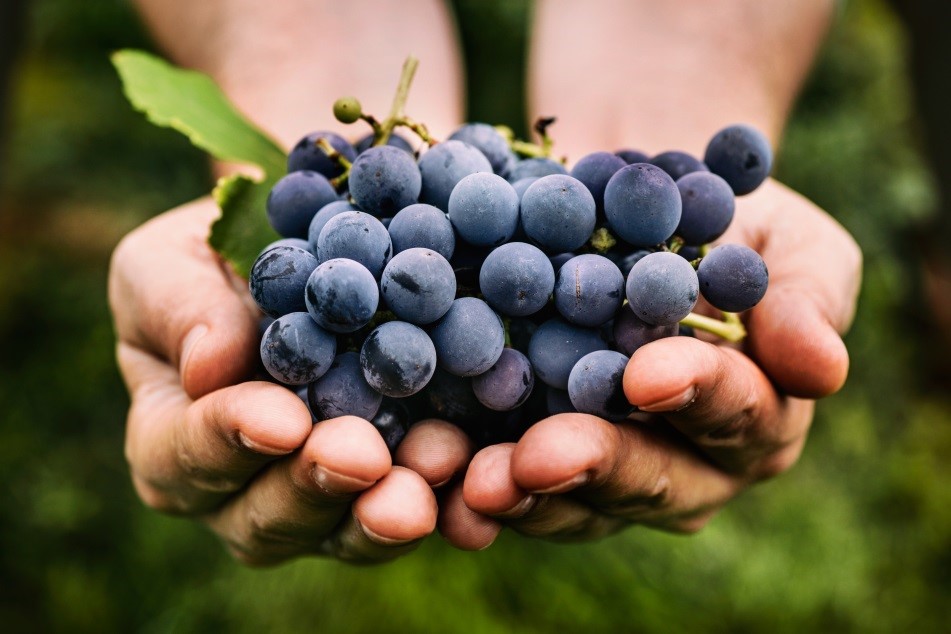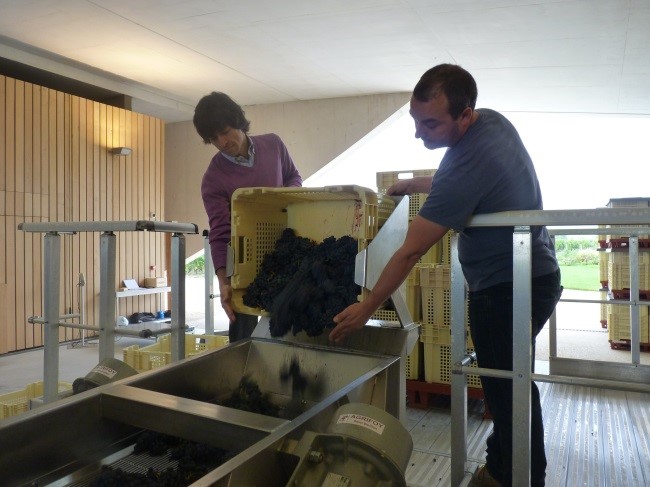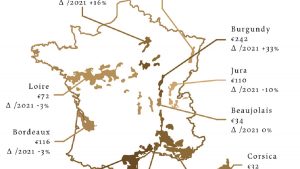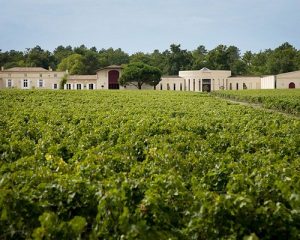 If you’ve ever visited a wine producer, then you might have had the chance to peer into the winery or, as the French say, the chai (or cuverie or cave depending on what part of the country you’re in!). It is here that the various stages of vinification take place, a term that describes the process of turning grapes into wine. We’ve compiled a glossary of the technical winemaking terms used to describe the various stages of the vinification process, from when the grapes are first picked to the end of fermentation. This week, we look at the terms relevant to the production of red wine.
If you’ve ever visited a wine producer, then you might have had the chance to peer into the winery or, as the French say, the chai (or cuverie or cave depending on what part of the country you’re in!). It is here that the various stages of vinification take place, a term that describes the process of turning grapes into wine. We’ve compiled a glossary of the technical winemaking terms used to describe the various stages of the vinification process, from when the grapes are first picked to the end of fermentation. This week, we look at the terms relevant to the production of red wine.
You’ll see that we’ve also provided the French translation of these terms in parentheses as the French terminology is often used in English, and a little French lesson never goes amiss!
Destemming (égrappage/éraflage)
Grapes used to make red wine are often destemmed, a fairly self-explanatory process that involves removing the stems from the grapes as they can give the wine harsh vegetal-tasting tannins.

Note that many winemakers choose to vinify their grapes in bunches à la Henri Jayer or Marcel Lapierre, meaning their famous cuvées are produced from grapes that haven’t been destemmed. This is also a common practice in the Loire where many winemakers choose to leave the stems on the Cabernet Franc variety as, unlike with other varieties, they can give the wine more tannic structure.
Crushing (foulage)
The grapes are gently crushed to extract the juice. The winemaker will either use a machine, their feet or let the grape skins burst naturally (through transportation etc). This first juice is called ‘free run juice’ (jus de goutte). Once crushed, the free run juice and the solids are put in a vat.
Maceration (macération)
Maceration can take many different forms depending on the winemaker’s preferences. The free run juice is left to soak with the solids so as to take on aromas and tannins which gives the wine its particular qualities such as body, colour and mouth feel. This stage can be carried out either before, during or after fermentation, at a high temperature or a low temperature, for a few days or a few weeks depending on the desired style of wine.
Punch down (pigeage) / Pumping over (remontage) / Rack and return (délestage)
In the production of red wine, these three different extraction techniques are normally carried out during maceration to help infuse the juice with the phenolic and aromatic compounds and tannins found in the grape solids. These are punch down, pumping over and rack and return. The juice and the largest grape solids will separate, and the liquid and the smaller solids will sit at the bottom and in the middle of the vat. This is what we call the ‘must’ (moût). The less dense grape skins sit above the must and normally begin to ferment first. This layer is called the cap (chapeau de marc).
Running off (ecoulage) and Devatting (décuvage)
When the free run juice has finished fermenting and has become wine, the winemaker will run off the ‘free run wine’ by separating it from the pomace (or marc), the solid remains of the grape. With the help of a pump and gravity, the free run wine is transferred into another tank or into barrels. When run off is complete, all that remains is the pomace that is pressed to extract the ‘press wine’, a wine of lower quality that the winemaker might choose to add to the free run wine.
The red wine vinification process by no means ends here but we’ll leave you to digest these first crucial stages for now. Join us next week to learn the first steps in vinifying white wine.



